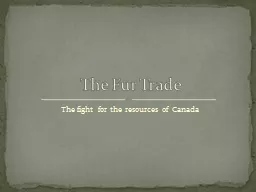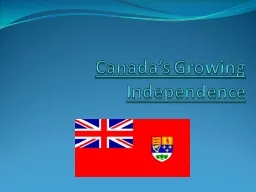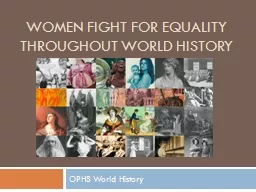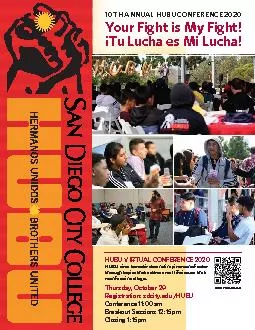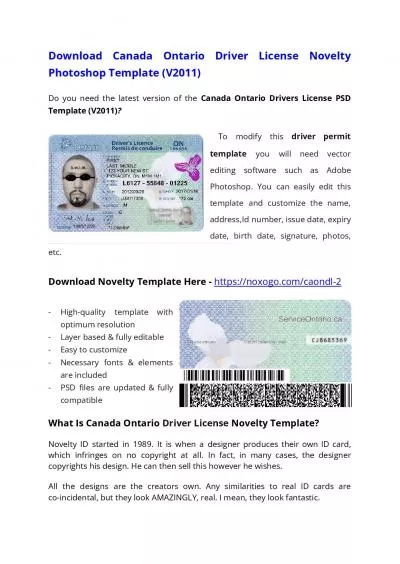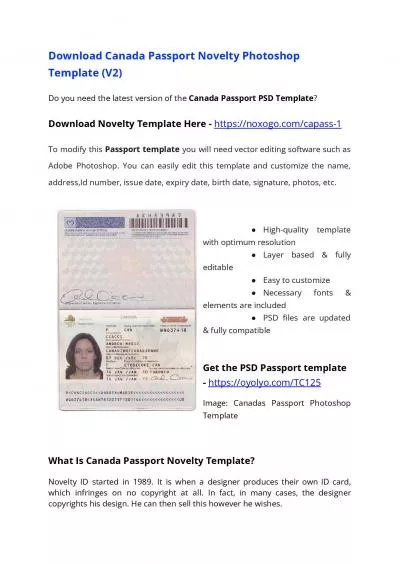PPT-The fight for the resources of Canada
Author : trish-goza | Published Date : 2016-04-24
The Fur Trade Quick review Europe wants wealth and power mercantilism imperialism Search for NW Passage to Asia John Cabot claims Nfld for England and discovers
Presentation Embed Code
Download Presentation
Download Presentation The PPT/PDF document "The fight for the resources of Canada" is the property of its rightful owner. Permission is granted to download and print the materials on this website for personal, non-commercial use only, and to display it on your personal computer provided you do not modify the materials and that you retain all copyright notices contained in the materials. By downloading content from our website, you accept the terms of this agreement.
The fight for the resources of Canada: Transcript
Download Rules Of Document
"The fight for the resources of Canada"The content belongs to its owner. You may download and print it for personal use, without modification, and keep all copyright notices. By downloading, you agree to these terms.
Related Documents

